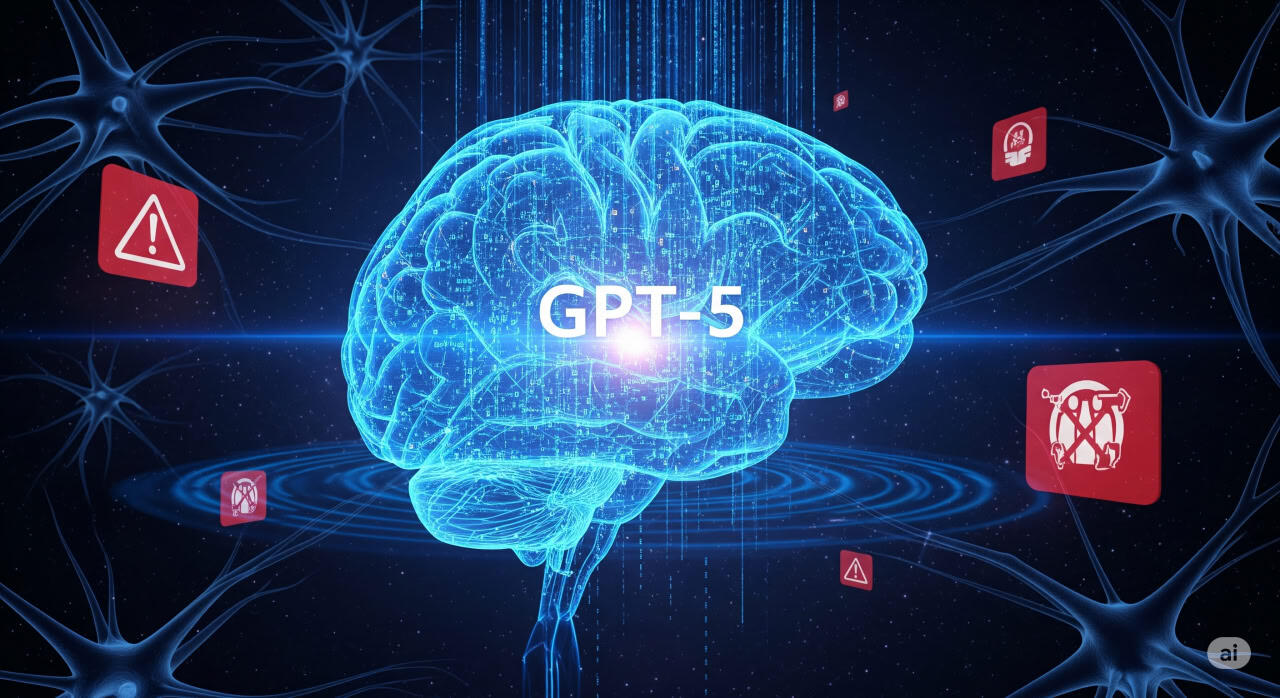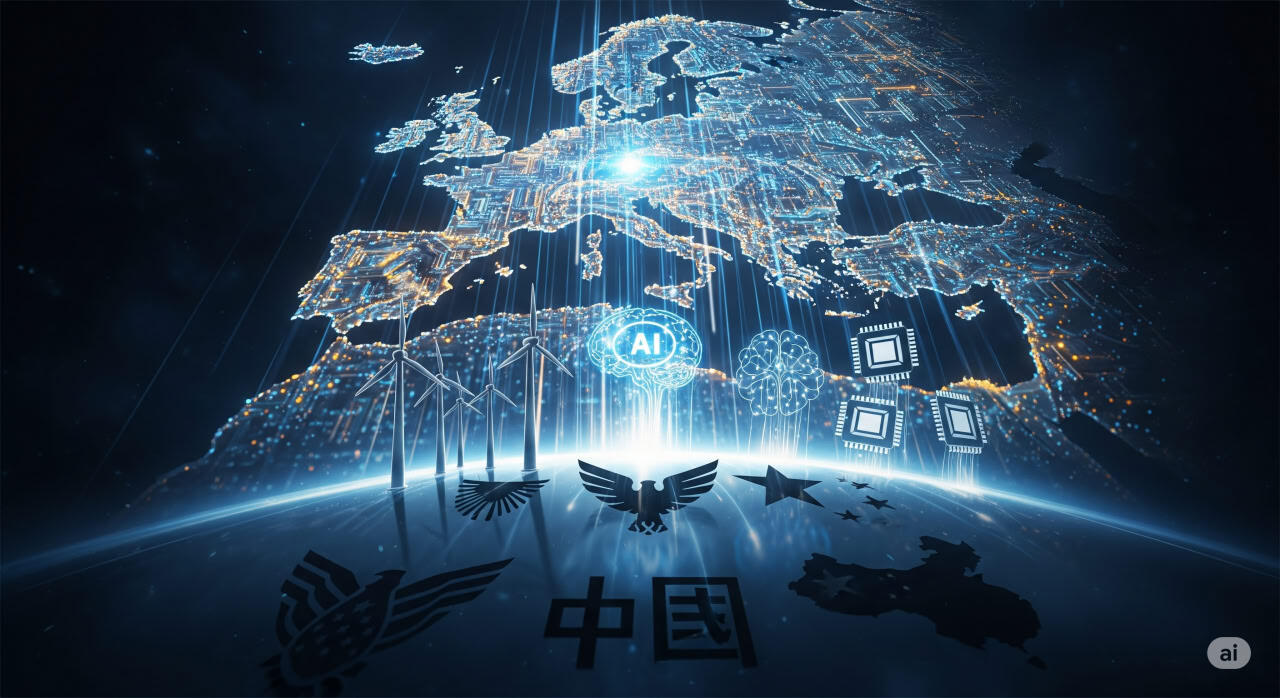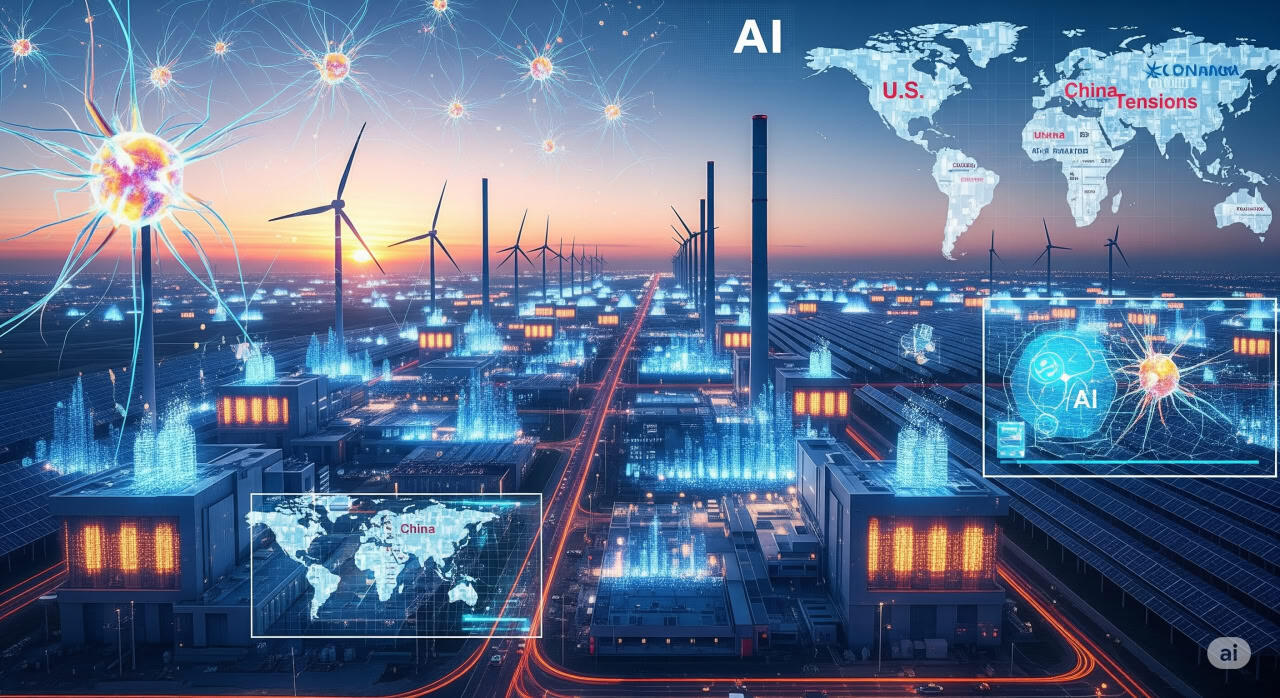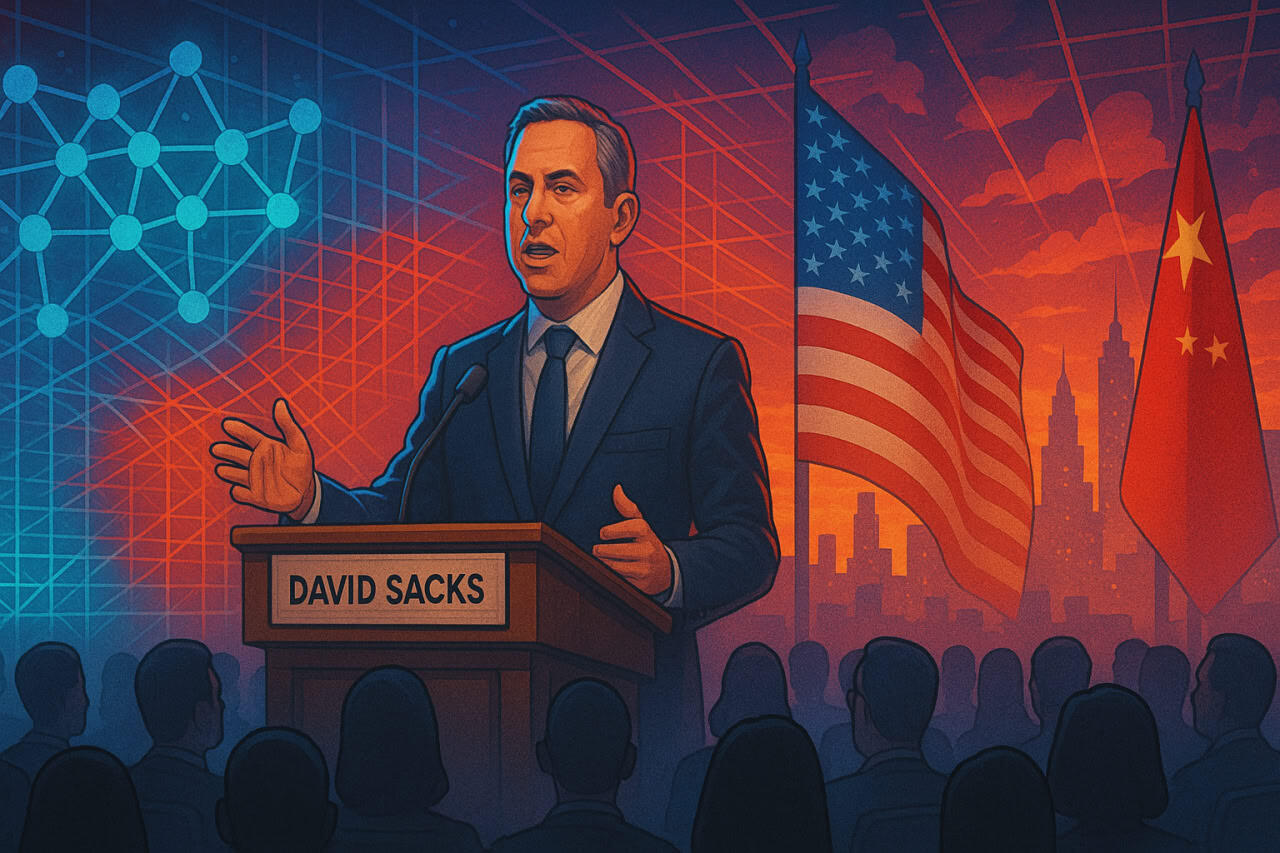Sam Altman’s Candid Take: GPT-5’s Power and the Dark Side of AI Progress

GPT-5 on the Horizon: Sam Altman’s Warnings and the AI Revolution Ahead
Have you ever had one of those moments where technology just stops you in your tracks? Like when you first used a smartphone and realized the world in your pocket had changed everything? Well, imagine that feeling amplified a thousand times. That’s what hit Greg Brockman, OpenAI’s president, recently while testing what we all suspect is GPT-5. He described feeding a confusing email question into the model, watching it nail the answer effortlessly, and suddenly feeling… obsolete. “I felt like useless relative to the AI,” he admitted. It’s a chilling admission, isn’t it? And coming from one of AI’s top minds, it makes you wonder: If even the creators are pausing, what does that mean for the rest of us?
Fast-forward to July 27, 2025, and the buzz around GPT-5 is reaching fever pitch. Reports are swirling that OpenAI’s next flagship model could drop as early as August, based on leaks and Sam Altman’s own hints. Altman, OpenAI’s CEO, has been unusually chatty lately—popping up on podcasts like Theo Von’s, where he shared Brockman’s story, and in high-stakes interviews with finance leaders. When a guy like Altman, who’s usually all optimism and big-picture vision, starts dwelling on risks like fraud crises and mental health pitfalls, it feels like a signal. Is he hyping the launch, or genuinely worried about unleashing something too powerful?
I’ve been following AI developments since the early days of ChatGPT’s explosive debut in late 2022, and this moment feels pivotal. Back then, AI was a novelty—fun for generating poems or code snippets. Now, with models like GPT-4o pushing boundaries in reasoning and multimodality, we’re on the cusp of something that could redefine work, society, and even human interaction. In this article, I’ll break down the latest on GPT-5’s rumored release, dive into Altman’s recent warnings, and explore the broader implications—from job disruptions to the looming robotics boom. We’ll add some historical context to see how we got here, touch on geopolitical angles (like U.S.-China AI races), and I’ll share my own thoughts along the way. Because let’s be real: This isn’t just tech news; it’s about our future. Are we ready for an AI that makes us feel “useless”?
The Hype Builds: What We Know About GPT-5’s Imminent Arrival
Rumors of GPT-5 have been percolating since early 2025, but things heated up in July. On the 19th, Altman teased during a virtual event that a major release was “soon.” Days later, on Theo Von’s podcast, he elaborated on internal testing experiences like Brockman’s. Then came reports from outlets like The Information, citing sources that GPT-5 could launch in August—complete with mini and nano versions for API access, making it more developer-friendly.
What sets GPT-5 apart? From leaks, it’s a “unified” model that blends traditional language processing with advanced reasoning, deciding on its own when to “think step-by-step” like OpenAI’s o1 series. But the real excitement—and potential disruption—lies in its coding prowess. Testers say it’s not just acing academic problems; it’s tackling real-world engineering tasks, like debugging massive, legacy codebases that stump human devs. Imagine a tool that rewrites outdated software for Fortune 500 companies overnight. In the hard sciences and creative writing, it’s reportedly leaps ahead too.
Historically, each GPT jump has been transformative. GPT-3 (2020) scaled parameters to 175 billion, enabling coherent essays. GPT-4 (2023) added multimodality, handling images and voice. GPT-4o (2024) refined reasoning with “o1” variants, solving complex math like the International Math Olympiad (IMO) gold medalist mentioned—but Altman clarified that wasn’t GPT-5. Geopolitically, this matters: The U.S.-China AI race is fierce. China’s Baidu and Alibaba models lag in reasoning, per 2025 benchmarks, but they’re closing gaps with state-backed data hoards. OpenAI’s edge? Innovation speed, despite regulatory hurdles like the EU’s AI Act tightening in May 2025.
Security experts and alpha testers already have access, per July reports, running red-team simulations for biases and hallucinations. This phased rollout echoes GPT-4’s careful debut amid 2023’s AI safety debates. My reflection: It’s smart caution, but the hype train’s rolling. If GPT-5 lives up, we’re talking another “ChatGPT moment”—that 2022 explosion when users hit 100 million in months. But overhype risks disappointment; remember Grok-2’s 2024 launch, solid but no world-changer?
What do you think—excited or skeptical? I’ve seen polls on X showing 60% optimistic, 40% wary. Either way, August could redefine AI.
Sam Altman’s Shift: From Optimism to Stark Warnings on AI Risks
Altman’s media blitz feels calculated—setting the stage for GPT-5 while tempering expectations with risks. On Theo Von, he shared Brockman’s “useless” moment, a raw glimpse into AI’s humbling power. But in a July finance interview, he dove deeper, sounding almost alarmed.
Take fraud: Altman flagged a “significant impending fraud crisis.” Voice authentication at banks? “Crazy” to rely on, as AI clones voices perfectly. Selfie verifications or biometrics? Already defeated. He warned of ransomware evolving: Fake calls mimicking loved ones, soon indistinguishable FaceTime deepfakes. “Society has to deal with this,” he urged, noting bad actors will release tools even if OpenAI doesn’t.
This isn’t new—deepfakes surged in 2023 elections, like fake Biden calls discouraging votes. But in 2025, it’s rampant: A June FBI report tallied $12B in AI-enabled fraud losses, up 300% from 2024. Neighborhood scams hit home for me; a friend lost $5K to a “grandchild emergency” call last month. Kind, trusting folks suffer most. Geopolitically, state actors weaponize it—Russia’s 2024 election interference used AI voices; China’s cyber units target U.S. firms. Altman’s plea: Update protocols fast. But solutions? Multi-factor with hardware keys, or AI detectors like OpenAI’s watermarking (rolled out Q2 2025).
Then, mental health: Altman fears AI companions worsening isolation, like social media’s dopamine traps. “People talk to ChatGPT all day,” he noted, or use AI “girlfriends/boyfriends.” Kids scrolling endlessly? Bad. AI chats? Potentially worse. He admits no answers yet, hoping mitigation comes quick.
Historically, tech’s social impacts lag recognition—Facebook’s 2018 scandals exposed addiction algorithms. In 2025, studies link AI chats to loneliness spikes; a WHO report ties 20% rise in youth depression to digital interactions. Geopolitically, China’s “social credit” AI monitors behavior, curbing free expression—contrast U.S. focus on ethical AI via Biden’s 2023 executive order.
Altman’s candor surprises; usually boosterish, now he’s circling risks. Prepping for backlash? Or genuine worry as GPT-5 nears? Rhetorical: If creators are scared, should we be?
The Job Quake: AI’s Double-Edged Sword on Work and Society
Altman’s most unfiltered? Jobs. In the finance chat, he didn’t sugarcoat: Some sectors “totally gone.” Customer service? AI bots handle calls flawlessly—no hold times, no errors. “I don’t want to go back,” he said.
But optimism shines: Undersupply plagues fields like medicine—hour-long waits scream inefficiency. AI boosts productivity, meeting “horrible” unmet demand. Programmers? 10x efficient, salaries soaring in Silicon Valley (up 15% YoY per 2025 BLS data). World craves “1,000x more software.”
Doctors? AI diagnoses better (ChatGPT outshines most on rare diseases, per 2024 studies). Yet, Altman prefers humans: “I really do not want to entrust my medical fate to ChatGPT.” Polls agree—80% favor doctor oversight. It’s human touch: Empathy, judgment AI lacks.
Robotics? The “big thing to reckon with” in 3-7 years. Embodied AI—think Figure’s humanoid bots (2025 partnerships with BMW) or Tesla’s Optimus (factory trials Q3)—could automate physical labor. Historical parallel: Industrial Revolution displaced artisans but created factories. Today, McKinsey’s 2025 report predicts 45% of jobs automatable, but 60 million new ones in AI oversight.
Geopolitically, inequality risks: U.S. leads robotics (Boston Dynamics’ Atlas evolves), but China’s Foxconn deploys millions of bots, displacing workers amid demographic crunch. Job gains? Undersupplied sectors like eldercare boom with AI nurses.
My concern: Transition pain. Universal basic income (Altman’s trials via OpenAI grants) might cushion, but societal reckoning looms. Exciting? Yes. Worrying? Absolutely—robots don’t unionize.
Broader Horizons: GPT-5’s Place in the AI Arms Race
GPT-5 isn’t isolated. Unified reasoning? Builds on o1’s IMO gold (July 2025)—not GPT-5, per Altman. API minis/nanos democratize access, fueling startups.
Globally, competition heats: Google’s Gemini 2.0 (June 2025) rivals in coding; China’s DeepSeek-V2 leads benchmarks but lags ethics. U.S. export controls (2024 chips ban extension) slow Beijing, but talent flows both ways.
Risks tie in: Fraud via deepfakes (2025 U.S. elections brace for AI smears); mental health as companions proliferate (Replika’s 10M users, per Q2 reports).
Altman’s interviews: Stage-setting or alarm? Both—hype builds buzz, warnings build responsibility. As Brockman felt “useless,” we might too. But adaptation’s human strength.
In conclusion, GPT-5 could redefine intelligence—thrilling, terrifying. Jobs evolve, scams surge, robotics reshape. Altman’s worry? A call to prepare. Cautiously optimistic here—what about you? History shows tech transforms; let’s steer wisely.



